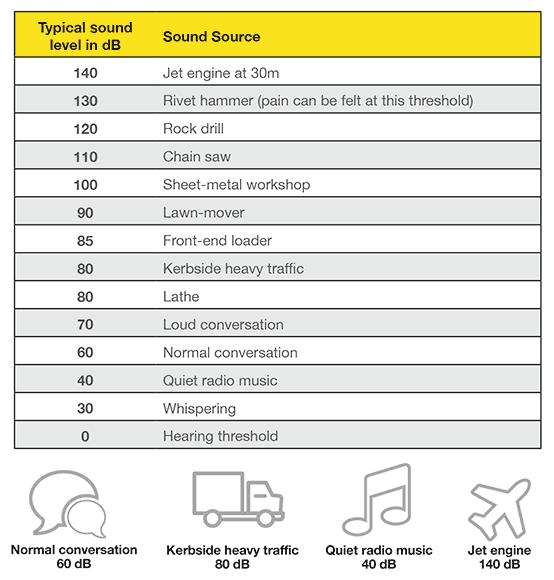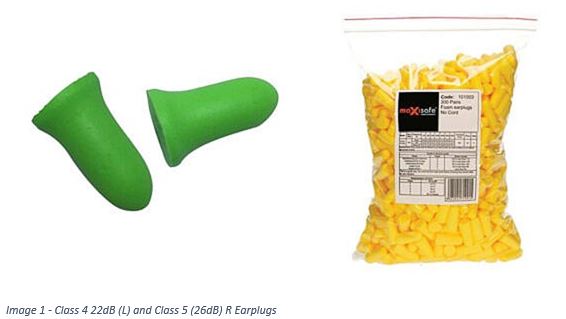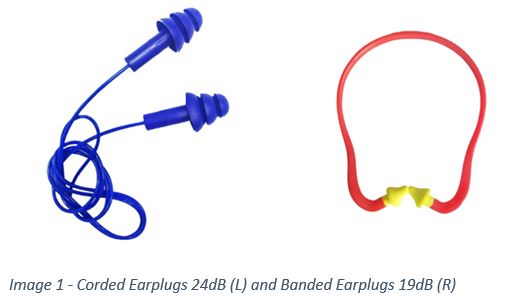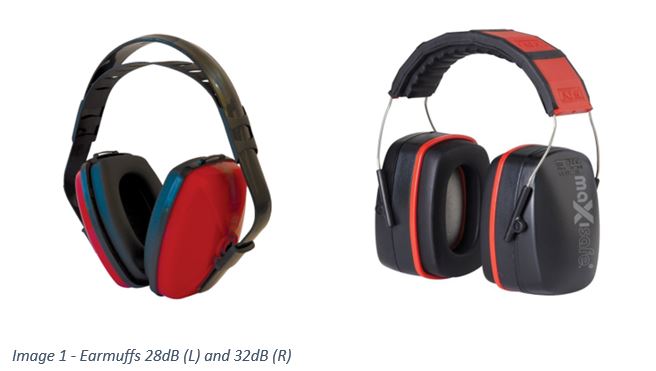Noise induced hearing loss is a common problem in Australian workplaces.
Loud noise from machinery such as forklifts, tools and traffic are contributing factors to hearing damage or loss amongst workers.
In this post we briefly look at how hearing loss occurs, the effects it can have on workers and provide three tips for choosing the correct hearing protection.
How does hearing loss occur
Permanent hearing loss results from the damage or destruction of the hair cells that transfer sound waves within the ear.
Once these hair cells are damaged or destroyed, they can’t regenerate resulting in mild to total permanent hearing loss.
How hearing loss affects workers
In addition to the significant health outcome of hearing loss, excessive exposure to high levels of occupation noise can result in:
- Social isolation
- Impaired communication with co-workers and family
- Decreased ability to monitor the work environment (warning signals, equipment sounds)
- Increased injuries from impaired communication and isolation
- Anxiety, irritability, decreased self-esteem
- Lost productivity
- Expenses for workers compensation and hearing aids
To help combat the effects of NIHL in Australia the National Occupational Health and Safety Commission (NOHSC) 2000, has implemented a national standard for occupational noise. The national standard guidelines are as follows:
3. NATIONAL STANDARD FOR OCCUPATIONAL NOISE
3.1 The national standard for exposure to noise in the occupational environment is an eight-hour equivalent continuous A-weighted sound pressure level, LAeq,8h, of 85dB(A). For peak noise, the national standard is a C-weighted peak sound pressure level, LC,peak, of 140dB©.
3.2 The exposure to noise is taken to be that measured at the employee’s ear position without considering any protection, which may be afforded by personal hearing protectors.
Under the standard employees must not be exposed to noise levels of 85dBA or above for more than 8 continuous hours. The noise level measurement is taken from the employee’s ear position and is not calculated based on any personal hearing protection being worn.
Safe Work Australia (2011, p. 10) provides a list of common noises and their sound levels for reference:

Types of hearing protection
Hearing protection can come in many styles, materials, and sizes.
When trying to find the correct hearing protection from the large variety of options available some considerations that need to be considered include:
- Protection fit
- Protection comfort
- Health and hygiene
- Compatibility with uniforms and other PPE (e.g., hard hats)
We offer several different hearing protection options suitable for a wide variety of applications available for convenient purchase through the Adaptalift Store.
Each product has a ‘noise reduction rating’ that represents the amount of noise the protection blocked under lab test conditions, in real life application workers are likely to get much less noise reduction on the job.
All our hearing protection products are AS/NZS 1270:2002 compliant.
Earplugs
Ergonomically shaped earplugs offer high levels of sound absorption for working in loud environments.
Manufactured from foam or polyurethane the plugs offer an easy fit and maximum comfort.
Our class 4 earplugs offer a noise reduction rating of 22dB whilst our class 5 earplugs offer a noise reduction rate of 26dB for extremely loud environments.

Corded and Banded Earplugs
Earplugs held together via a cord or band offer a higher level of safety and convenience to workers.
Our banded earplugs offer a noise reduction rating of 19dB whilst our corded earplugs offer an increased noise reduction level of 24dB.
The bands and cords allow the earplugs to be worn around the neck providing extra security and reducing the likelihood of the earplugs continually falling into machinery as they’re supported by the neck.

Earmuffs
Our lightweight extremely comfortable earmuffs offer over-the-ear protection as an alternative to the in-ear protection offered by earplugs.
They are fitted with foam ear cushions for maximum comfort and secure fit.
Earmuffs can be worn behind the head making them convenient for workers who need to wear hard hats.
We offer two different types of class 5 protection earmuffs with noise reduction ratings of 28dB and 32dB making them ideal for a wide variety of work environments.

View and conveniently purchase from our entire range of hearing protection and other workplace personal protection equipment.
